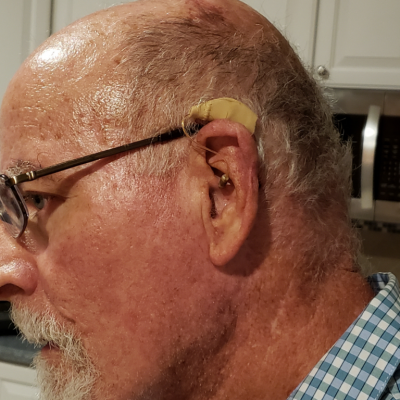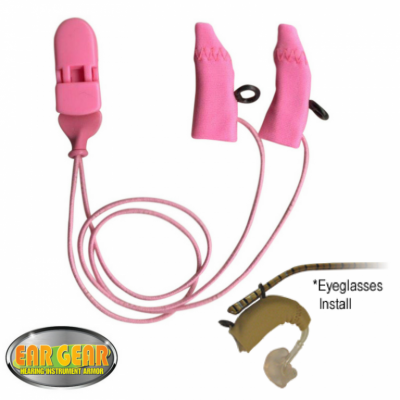The 2020 school year is about to start, and it’s an unusual year to say the very least. The coronavirus pandemic is sweeping through the world and schools are deciding how and whether to teach in person. We thought it would be good to revisit some tips for teaching a student with hearing loss.
First of all, if it’s your first time teaching a student with hearing loss - don’t worry! Students with hearing loss often can and should participate in all school activities. Treat them as you would treat any other student. With this little bit of extra knowledge and preparation you can help them have a wonderful year.
Here are a few things that you should be aware of when you’re teaching a student with hearing loss.
Technology for students with hearing loss
Students with hearing loss may use a hearing aid or implant. If you can, meet with the student’s parents to make sure that you’re familiar with your student’s hearing instrument. Make sure to know the basics of how to use it, and how long they should wear it each day.
Some schools have FM systems that will amplify your voice to the student with hearing loss. If this is necessary for your student, get with your administration. Ensure that you have time to get familiar with the FM system and any requirements that may be laid out in the student’s EIP.
You may need to use captions for any videos that you show in the class. Your student may also use voice recognition software, so you may have to make some accommodations for that. Across the board, try to incorporate images, graphs, and text into your teaching since many students with hearing loss tend to be visual learners.
Tips for teaching students with hearing loss
Many students with hearing loss also read lips to some degree. There are a few things you can do to make this easier for them. Give them preferred seating, toward the front if they want. Don’t require that they sit at the front, but give them first choice to sit at the front if they would like it. You may be used to writing on the whiteboard while you teach, but keep in mind that it can be challenging for students with hearing loss to understand what you’re saying when you’re facing the whiteboard. As much as you can, take extra care to face your students when you speak.
Along the same lines, if you are going to have group discussion, arrange the students so that they’re all facing each other.
Your students with hearing loss may have speech therapy a few times each week. Be flexible and supportive with any extra classes that your student may need. Along the same lines, your student with hearing loss may need a quiet space to retreat to from time to time.
Helping your student protect their hearing instrument
While you may not be directly responsible for making sure that your student’s hearing instrument stays in working order, do keep an eye out for moisture. If your students have been hard at play, make sure that their hearing instrument isn’t getting sweaty. Moisture in the hearing instrument can cause issues. If moisture or dirt becomes an issue, you might recommend a Cordless Ear Gear to protect the instrument from moisture, dirt, and sweat. Similarly, if your student’s hearing instruments fall off when they’re being particularly active, you could recommend a Corded Ear Gear, a protective sleeve that attaches to the student’s shirt to keep the hearing instrument from falling off.
Special Challenges with Covid-19
We can’t publish anything about going back to school without addressing the elephant in the room: the coronavirus. While this provides challenges to every teacher and student, there are some particular challenges facing students with hearing loss.
First, many schools are mandating students wear masks to limit the spread of Covid-19. Most face masks strap on to your face using a band that goes around the ears. Hearing instrument users of any age are complaining about the challenges that come from wearing a hearing aid with a face mask. When they remove their facemask, the hearing instrument comes with it. This puts the instrument at risk of being damaged or lost. Corded Ear Gear does provide relief from this, since you can attach the hearing instrument to your shirt, so if it does fall off it just dangles harmlessly.
Second, since many students with hearing loss rely on lip reading to some degree, face masks present a problem. If you’re teaching a student with hearing loss, it will go a long way to find a clear face mask so that your student can still read your lips.
One final tip
Our last tip for you: don’t play doctor. While it can be tempting to do some research on the internet and come up with suggestions for your student, try to leave the hearing recommendations to the audiologist. You probably don’t want to get caught giving out medical advice.
Good luck this year, and we hope that you and your students have a safe and productive year!






